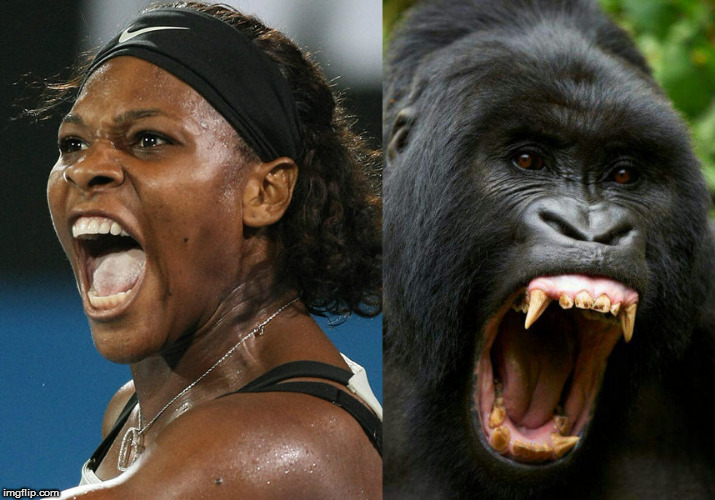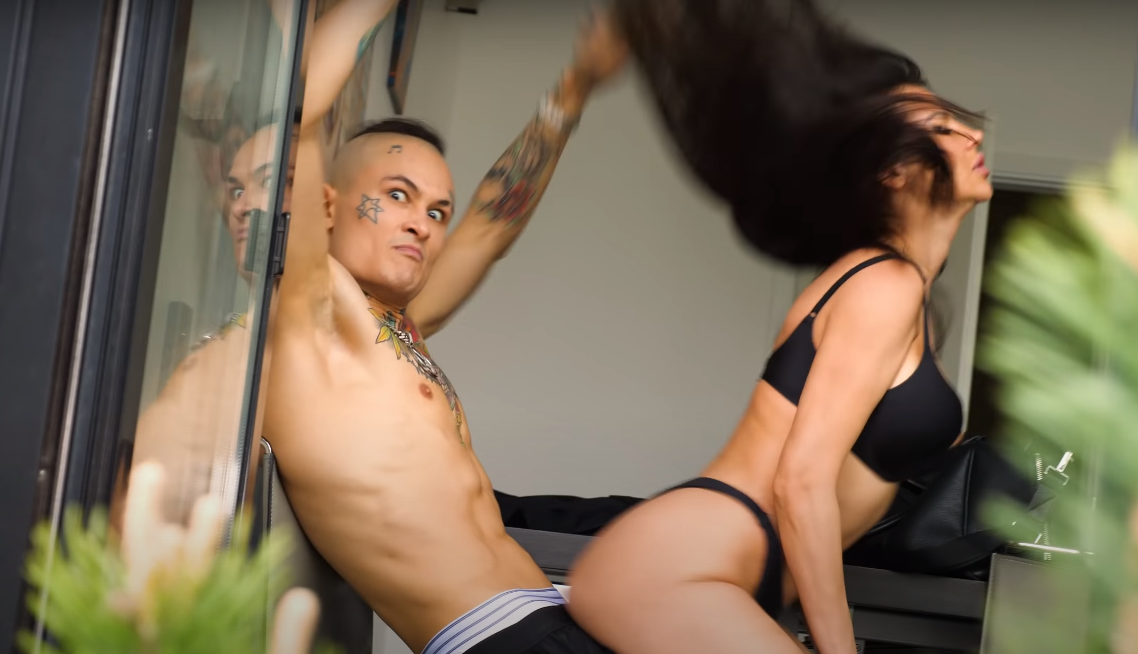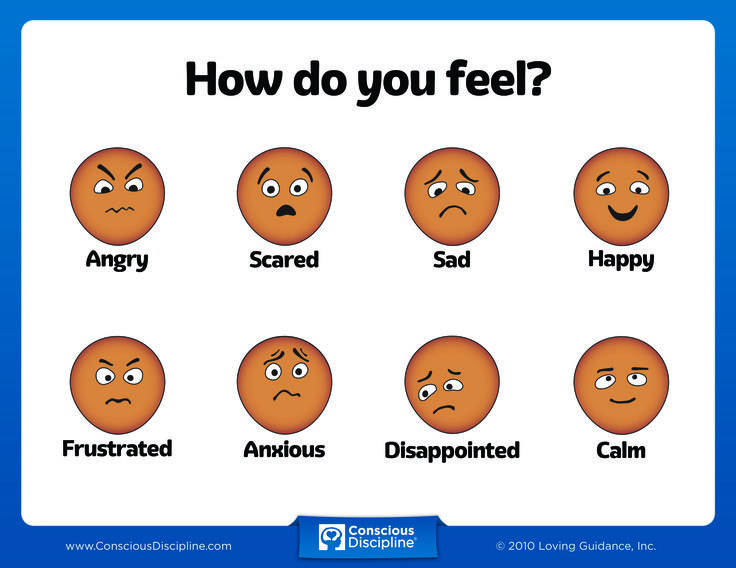How to dance like black people
Are Black People Actually Better Dancers?
2 years ago, I was having a vacation in Cape Town, South Africa. The city was surrounded by the blue ocean where you can see sharks, and a cliff like mountain where you can easily hike up from the city. The scenery was just magnificent.
One night, we were drinking and having fun in the backyard of the hostel. That was when Chainsmokers just came out. Hop on my favorite - All We Know, and entertained the crowd with some moves. People were cheering, beer on one hand, stars covering our heads. What a wonderful night, I thought. Then, it happened. This girl from the Netherlands started saying about black people and about their talents. She believed that blacks have innate ability when it comes to dancing.
It was positive racism. Hooray black people.
At the time, I was slightly offended as a non-black dancer. Second, I knew intuitively from my dance experience that this was not true. I grew up with many black dancers. Some are good some are bad. Just like any other guys. Come to think of it, it's offending for the blacks too who've put so much effort into their practice.
But, no amount of telling could convince her.
So today, I want to approach this from an empirical way. I will have a look at the best dancers and see how many of them are black.
What do you think? Are black people actually better at dancing?
What do people think?
First, is this bias actually there for everybody?
While doing a brief study on science literature. I found this study - "‘Cross-cultural’ practices: interpreting non-African-American participation in hip-hop dance" from 2010:
Most dancers see hip-hop as African American in its origins. But while novices often speak of an inherent or learned authenticity among blacks, experts rarely express racialized views of the dance's contemporary practice. Experts' views are shaped by personal ability, exposure to dancers whose ability is not racially patterned, and exposure to others who accept their skill.
It is basically saying, the more foreign you are from the dance scene, the more they view black people as inborn dancers. They have innate talents so to speak. This finding aligns with my initial speculation.
It also says that this stereotype does not hold true for practicing dancers. Obviously. Just ask a random black person on a street to show you a moonwalk. He would just run away from you. That's what ethnic bias is essential. When you put into a practice, you know how ridiculous that sounds.
Since this black-people = great-dancer myth only holds for the general public, we can fight this by exposing what's happening in the scene.
The fight is on: Public Bias vs Real Dancers.
Research Criteria
If it was 5 years ago, I would have finished this here by concluding "because my experience says so".
But wait a minute. Who cares about your stupid experience? You might say. And you're right. No amount of arrogant convincing is enough to challenge the intellectual readers' minds.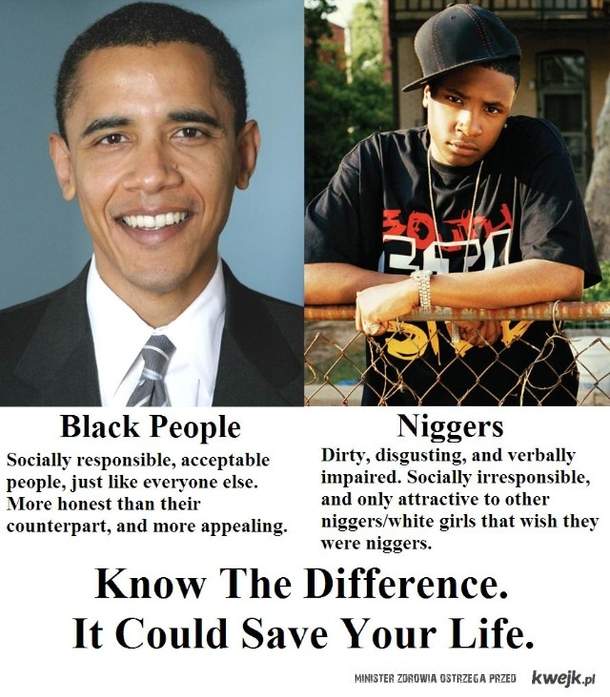
Luckily, I grew up. An old man has picked up a little trick here and there in his sleeve. I learned how to do a little researching and math trick.
If all great dancers today are racially diverse, we win. We can say dancing is for everyone, and anyone can be equally good. If they are all black, we lose. We lose against the stereotype. Of course, there's nothing wrong with individual black persons being amazing at dancing. We are only talking about the collective.
Let's go slay the public bias.
Who are the black people?
First of all, we have to define who black people are. I know, it's politically sensitive. I don't like labeling people by racial colors. But if the wrong stereotype exists, you have to spot them somehow. This will rely on my eye judgment. When the face appears in the video, and he/she looks darker than Barak Obama, that person is black. Obama is only half white, and I will overgeneralize definitely. But most people are fine calling him a black president so I will go with that popular opinion.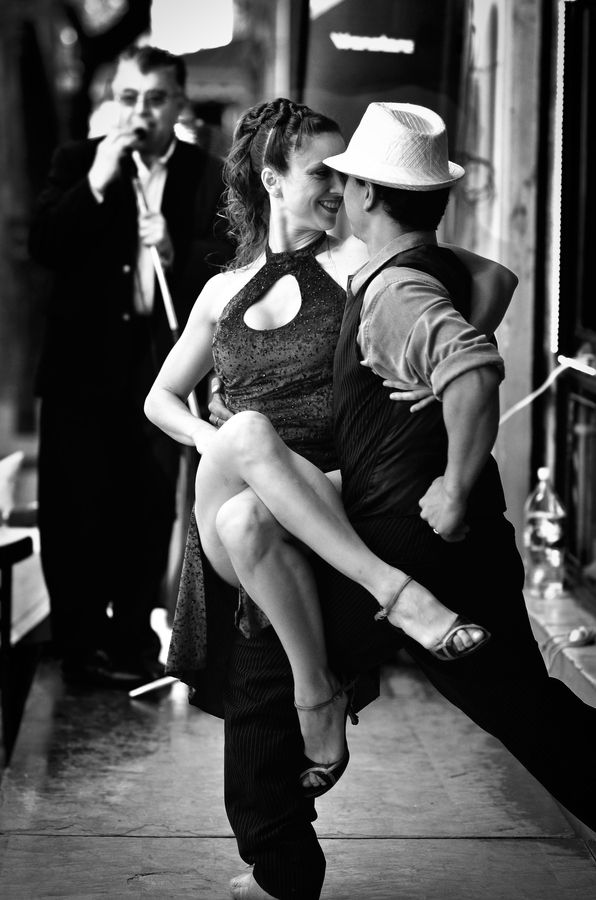
I dumped all else into "Others" categories to keep our list tidy. They can be East Asian, Arabic, Latino, etc.
Street Dance Only
When I Googled "are black dancers actually better", many results were about how few black people exist in ballet. That's a separate issue we won't tackle here today. People conceptualize dancing into broadly 4 categories: streetdance, ballet, latin and ethnic tradition. This blog focuses on the street dancing like hiphop. And I'm sure, it is what my Dutch friend was talking about too.
Worldwide
The issue at hand is about dancer's racial diversity in America and Europe. And most videos I've watched before are held at these places. Having said that, some of the dancers counted might come from other places. That's ok. We live in an online age where everybody can look up any dancer. It is more of the exposure issue. What kind of people are we seeing as dancers? How much are we seeing them? If they are that good to appear in front of global audience, they are fair representatives of great dancers of our humanity.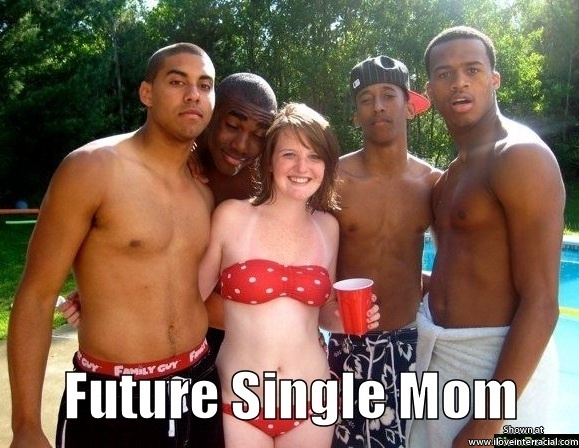
Research Findings
To find the best dancers in the broadest fields, I will use 3 categories: YouTube choreography dancers, international championships, and American TV.
YouTube Choreographers
How many hours do you spend time watching YouTube?
Surely, it's a platform we cant live without now. Getting a dance inspiration from there is no exception. If you are not checking out dancers on YouTube, you're not learning.
So this is the place we first have a look.
I used the term "dance choreography", and look up videos in Incognito. I removed the ones with "new" tags to focus on the quality and popularity factor alone. Also, the list only includes 1 video per channel to prevent the bias sampling from that particular studio location (Kyle Hanagami, Tim Milgram, and Matt Steffanina are definitely the popular choreography channels right now. But I counted 1 video from each studio. But you guys should still check them out. They are amazing.)
Relying on the YouTube algorithm, I picked up videos from the top 10.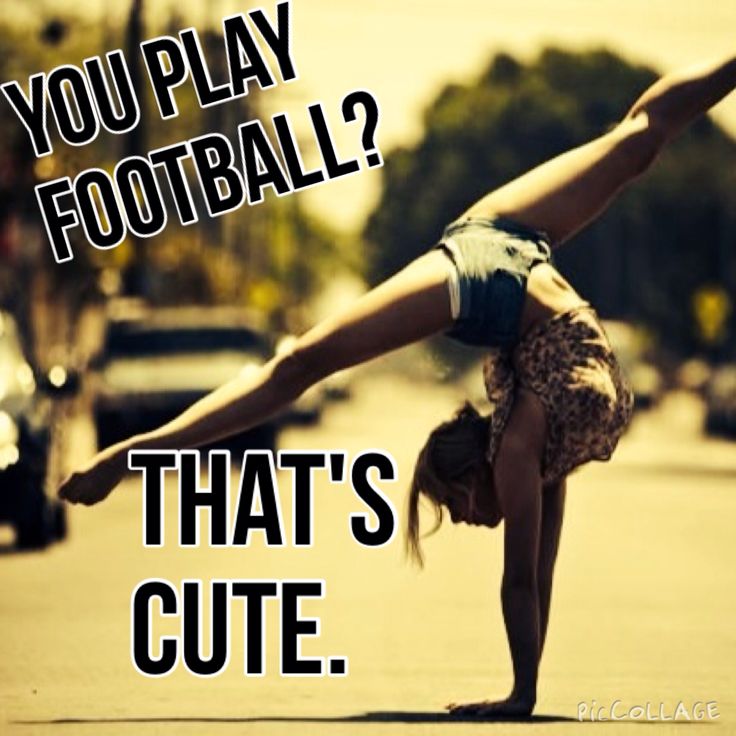 Most videos go by 1 choreography performed by multiple dancers multiple times.
Most videos go by 1 choreography performed by multiple dancers multiple times.
Here's the breakdown of ethnicity.
Black: 30
White: 69
Others: 79
Most of the studios turned out to be based in Los Angeles. (others are Paris, Seoul, and Algeria, but rare). And they were all hiphop genre, choreographed to top chart pop songs.
Even though LA is overrepresented, those guys on the videos are what YouTube algorithms and consumers (pretty much everyone) think of as best dancers. The sample is good representatives for our purpose.
What do you think? There're a lot more white than black. Others account for a fair number as well. There were many Latino and East/SouthEast Asian in that group. Before rushing to the conclusion, let us proceed to the other two methods.
International Champions
This section steps away from the beginners' category, and dives into the underground. These people are the experts of the experts. As far as skills and techniques go, nobody comes even close to these guys.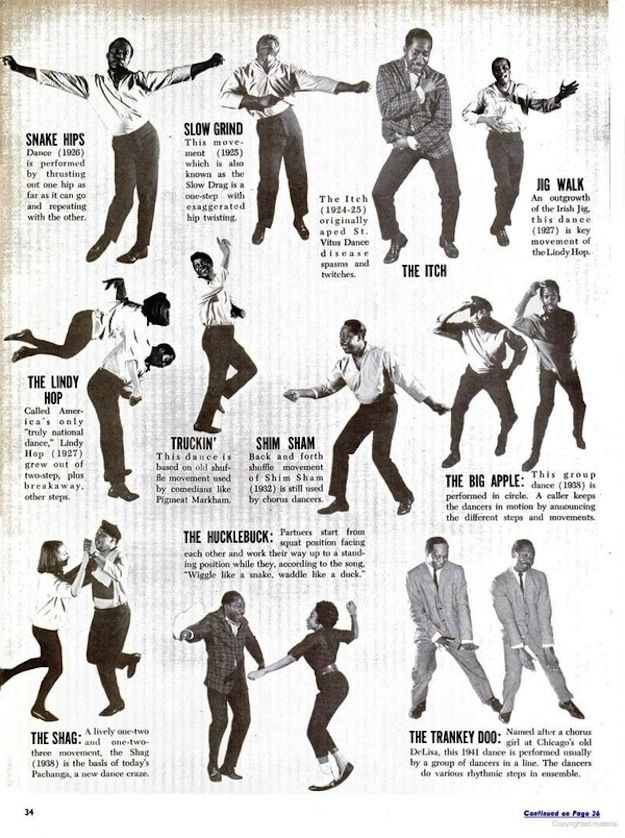
The champions are from Summer Dance Forever (Amsterdam), Juste Debout (Paris), and Redbull BC (International). Genres range from hiphop, breaking, locking, and popping.
I tracked back champions from 10 years ago (except Summer Dance Festival, which started in 2013). Their candidates also lean heavily from Europe. But they are also arguably the most famous and respected street dance competitions where anyone regardless of your nationality can enter.
Results
Detail breakdown by competitions.Black: 54
White: 13
Others: 46
A number of blacks are overwhelming. That was true in most genres except ub a breakdance category. Redbull BC winner was scattered in the ethnic representations. A great majority of black counts come from Summer Dance Forever and Juste Debout, where a majority of winning dancers were French.
An interesting note; a great number of Japanese and South Koreans is counted in the others' category. There might be something cool going on down in the far east.
American TV Shows
The championship gears towards underground dance battles. Now, let's talk about the mainstream. This is all Americans.
The shows have to be about street dance and semi-professional. No "Dance Moms" or "Dancing with the Stars" reality shows. We want sweating hardcore dancers. I also skipped on So You Think You Can Dance, even though it's a great show. They focus too much on contemporary.
I ended up picking America's Best Dance Crew as our representative. The show ran form 2009 to 2015, and there were 8 seasons. It's all street dance with a mix of hiphop, funk, and breakdance.
Results
Black: 6
White: 11
Others: 36
The number looks similar to our first choreography search, except we have many more in others. Most of them were East and South East Asians. It could be because black people go for individual expressivity and those Asian folks are better in circles and in coordination. After all, a crew dance is all about precise syncing down to every second.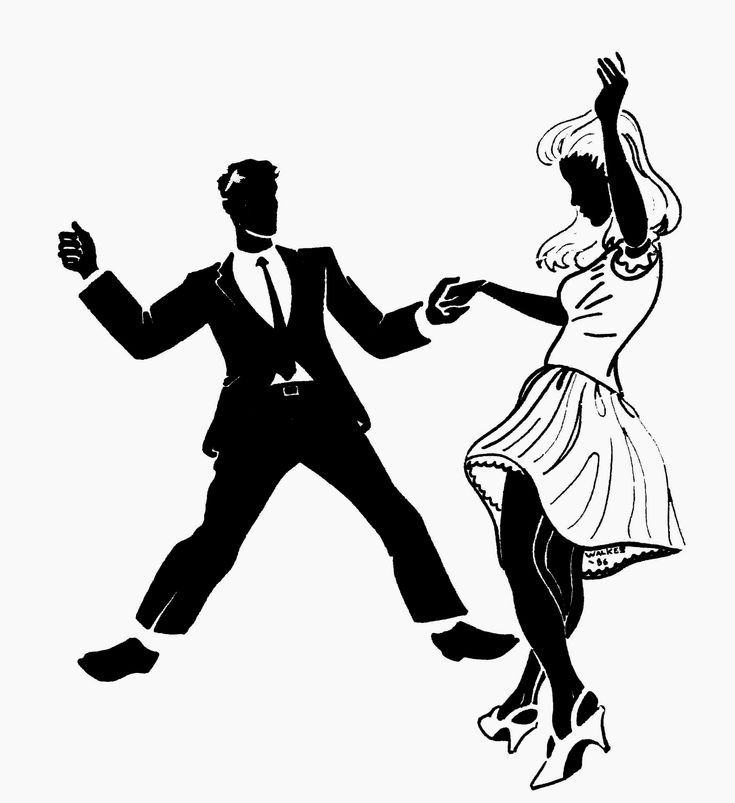
Time for Conclusion!
Ok, it's time to count them all. Ranging from championships, to popular video choreography, ending in the mainstream TV. Are black people actually better at dancing?
Results
Black: 90
White: 93
Others: 161
How would you interpret this number? First of all, there are way more black dancers than I initially thought. Considering they only represent 12% in US population (whites are 72%), it's a BIG number.
So my Dutch friend was right after all. Blacks are over represented in dance space. This is what happens if you actually punch in the numbers. I have to swallow a bitter pill.
But wait a minute, it's not that many compared to "others" groups. It is not like black dancers dominate the entire scene. if you see the dance crew of 10, you'd expect 3 black, 3 white, 4 others. Kinda mixed huh?
Let me elaborate the findings in more specifics.
Diversity in Dance Studios
As seen from the YouTube choreography case, people who go to dance studios are fair representatives of that community. They have more or less all kinds of racial groups.
They have more or less all kinds of racial groups.
Studios are the first place people look into when they become curious and want to learn about dancing. That means the ethnic bias is not stopping people from getting their first foot on the door. Dance studio is for everybody: from students, after work office guys, professionals. It doesn't matter if you are rich or poor. I am actually quite happy about this finding.
Career Dancers
Things start to look different at the national and international competitions. At the top level, those guys are more or less full-time dancers. They practice day and night, and make living out of it. I'm sure these people make enough money through workshops doing global tour as well.
Those guys are almost all non-whites.
If you want to make a career out of anything, you need to be exceptional and put in an insane amount of work from childhood. The role model you have in childhood matters a lot. Social pressure is another. I believe it is the same reason why so many professional basketball athletes are black. If all white kids want to become the president of the United States, the president would be likely white. If all black kids want to become professional basketball players, basketball players would be almost always black.
If all white kids want to become the president of the United States, the president would be likely white. If all black kids want to become professional basketball players, basketball players would be almost always black.
Breakdance as Mainstream
As someone who's started off with breakdancing, I can sympathize with this point.
When it comes to hiphop, house, locking, and popping, black people dominate. It's especially true in an individual free-style improv. The only exception here is breakdancing.
My speculation is that breakdancing has become enough popularity to attract all kinds of races from around the world. It is now mainstream. That's what pushes people from different backgrounds to participate, creating an ethnically heterogeneous community. Who can resist that temptation of a guy spinning in their head?
Streetdance for Racial Minority
What do you think of Vietnamese? Pho?
Wrong! Think of them as exceptional dancers!
Throughout the research, I found so many South East Asians. That was especially the case in the videos filmed in US. That's astounding considering they, as a racial group, only account for less than 5% of the total American population. They are like invisible superman dancers that's keeping the dance scene afloat and vibrant. This piece of knowledge is definitely a gap in our culture. We need to start building this positive stereotype.
That was especially the case in the videos filmed in US. That's astounding considering they, as a racial group, only account for less than 5% of the total American population. They are like invisible superman dancers that's keeping the dance scene afloat and vibrant. This piece of knowledge is definitely a gap in our culture. We need to start building this positive stereotype.
Lastly, regardless of which racial groups dancers belong to, it seems that streetdance will always remain popular for ethnic minorities in whichever nation. I believe that has something to do with its counter mainstream attitude. The root has no reference to race explicitly but implicitly builds up in potential dancers' psych.
Quest Crew - The winner of America's Best Dance Crew S8Except these People
Except brown people. I could count only 1 person in the entire process. That seems weird thinking they represent as big of a racial group. Do they hate dancing?
That's not true.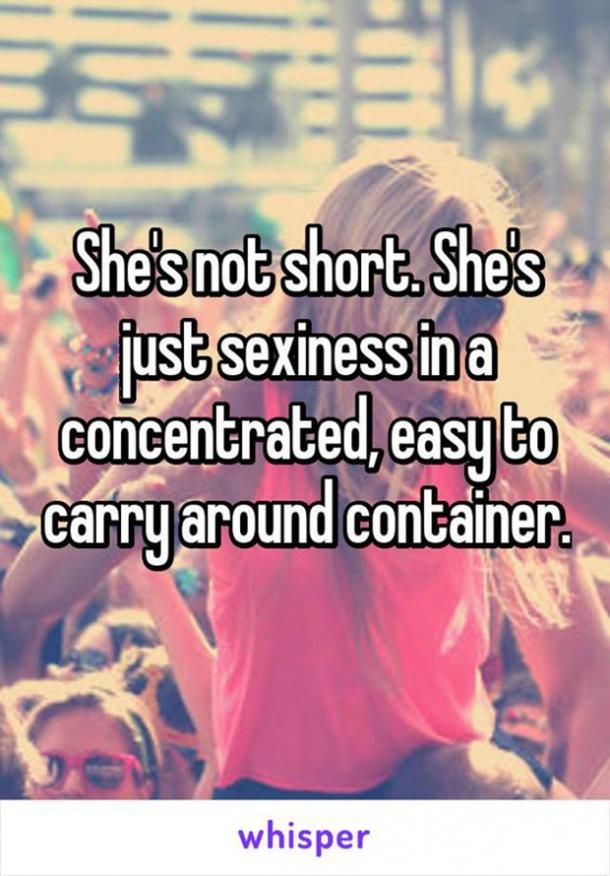 I was in a South Asian dance group back in university. Being the only non-brown in the group of 32 people, I was breathing their culture. And, it was such a surprise to me, how vibrant their dance community is. What was surprising was their heat was completely invisible to outsiders. It was not rare to find dancers who started practicing since 7 or 8, similar to how parents send their kids to ballet school.
I was in a South Asian dance group back in university. Being the only non-brown in the group of 32 people, I was breathing their culture. And, it was such a surprise to me, how vibrant their dance community is. What was surprising was their heat was completely invisible to outsiders. It was not rare to find dancers who started practicing since 7 or 8, similar to how parents send their kids to ballet school.
The only difference is they take pride in their traditional dance. Their degree of dedication is not comparable to any other major ethnic groups. So, they end up not coming out much to the street dance scene.
Respect to Black Culture
Before closing the post, I need to pay extra respect to the black community.
You can name all kinds of street dancing from hiphop, house, popping, locking, waacking... In all street style genres, the forerunners like Elite Force, The Lockers, Electric Boogaloos are almost all black. There's no innate ability that turned them into the formidable dancers. Instead, it's the black culture that was particularly unique in 1970s, 80s, and 90s in US, that made them revolutionary. We need to pay deep respect for those originators.
Instead, it's the black culture that was particularly unique in 1970s, 80s, and 90s in US, that made them revolutionary. We need to pay deep respect for those originators.
Now, time has shifted a little. Originated in small neighborhoods of America, the dances have spread out across the globe from France to China making it an international phenomenon.
Today, the scene is becoming diverse more than ever. It's everybody's thing now. We need to push this new reality into the mainstream. Personally, I would love to see everyone participating equally regardless of your racial background.
I'm talking to you the majority white:p
Black History and Dance in America, a story
Black History and Dance in America, a story - African American Registry Tue, 03.13.1500Black History and Dance in America, a story
New Jersey, 1942
*This date is dedicated to African American Dance.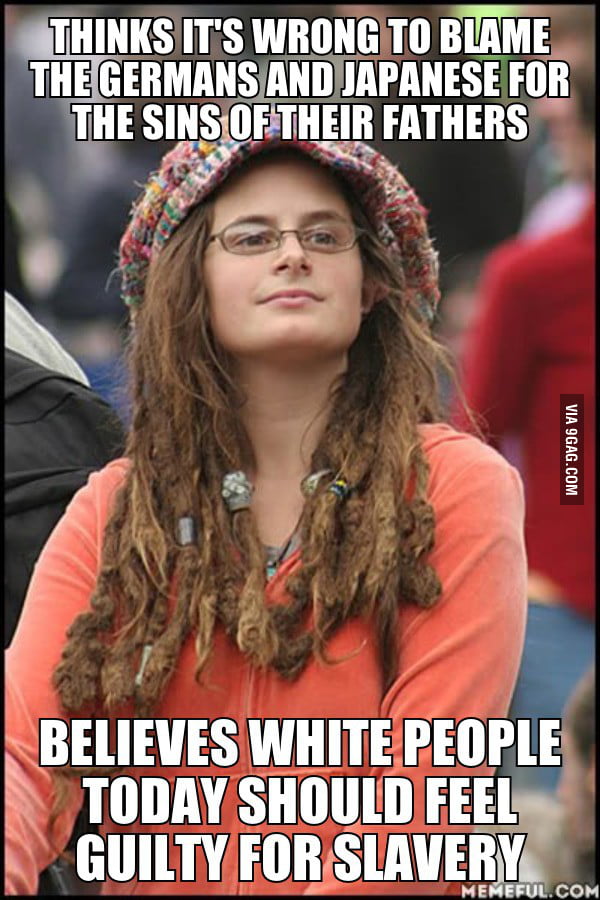 Black Africans brought their dances to North, Central, and South America, and the Caribbean Islands as slave labor starting in the 1500s. In the west these dance styles of hundreds of Black ethnic groups merged with white dances, forming the extension of the African aesthetic in the Americas. Dance has always been an integral part of daily life in Africa. In the Americas, it helped enslaved Africans connect with their homeland keeping their cultural traditions alive.
Black Africans brought their dances to North, Central, and South America, and the Caribbean Islands as slave labor starting in the 1500s. In the west these dance styles of hundreds of Black ethnic groups merged with white dances, forming the extension of the African aesthetic in the Americas. Dance has always been an integral part of daily life in Africa. In the Americas, it helped enslaved Africans connect with their homeland keeping their cultural traditions alive.
As before enslavement, Africans danced for many special occasions, such as a birth or a marriage, or as a part of their daily activities, dance affirmed life and the outlook of the future. After the Middle Passage, Africans in the Americas sang and danced while working as slaves, and as they converted to the religions of white-Europeans and indigenous people, they incorporated these traditions into these cultures. Blacks who worked in the colonies of Spain, Portugal, the Caribbean, and South America were given more freedom to dance than enslaved Blacks in North America. Many white-American slave owners barred Africans from most forms of dancing. As African instruments were outlawed drums, in particular, early Stepping was created. Africans found ways of getting around these prohibitions. For example, since lifting the feet was considered dancing, many dances included foot shuffling and hip and torso movement. Dances dominant through the 18th century included the ring shout or ring dance, the calenda, the chica, and the juba. Asadata Defora and Master Juba were early practitioners.
Many white-American slave owners barred Africans from most forms of dancing. As African instruments were outlawed drums, in particular, early Stepping was created. Africans found ways of getting around these prohibitions. For example, since lifting the feet was considered dancing, many dances included foot shuffling and hip and torso movement. Dances dominant through the 18th century included the ring shout or ring dance, the calenda, the chica, and the juba. Asadata Defora and Master Juba were early practitioners.
The dances of the plantation moved onto the stage through Minstrel shows, which introduced Black dance to large audiences during the 1800s. As popular entertainment, both Blacks and whites performed them. Initially, Blacks appeared as caricatures that were often ridiculed, but they drew from their cultural traditions even as they made fun of themselves. In 1891, The Creole Show, a revue staged on Broadway introduced The Cakewalk, the first American dance created by Blacks to become popular with the whites. Other Black-influenced dance trends that followed were the Charleston, the Lindy Hop, the Jitterbug, and the Twist. The 1920s and 1930s were an especially fruitful time for Black dance in the United States. During the Harlem Renaissance, similar innovations in theater, music, literature, and other arts accompanied African American developments in dance. Black musical theater, derived from minstrel shows, continued to popularize and legitimize black dance traditions and black performers, as it had in the 19th century.
Other Black-influenced dance trends that followed were the Charleston, the Lindy Hop, the Jitterbug, and the Twist. The 1920s and 1930s were an especially fruitful time for Black dance in the United States. During the Harlem Renaissance, similar innovations in theater, music, literature, and other arts accompanied African American developments in dance. Black musical theater, derived from minstrel shows, continued to popularize and legitimize black dance traditions and black performers, as it had in the 19th century.
Outstanding performances raised professional dance standards for Blacks and whites alike. “Shuffle Along,” a landmark Broadway show created by Blacks and with an all-Black cast, was immensely popular with white audiences. Many other all-Black shows, including “Runnin’ Wild,” “Chocolate Dandies” and “Blackbirds” of 1928, also played to enthusiastic American audiences in the 1920s and 1930s. Tap combined elements of African-influenced shuffle dances, English clog dancing, and Irish jigs. Black dancers such as Bill Robinson brought the new form of respectability and popularity. Tap dancing developed further in the 1930s and 1940s when white dancers included it in motion pictures. During the 1930s and 1940s, Blacks moved into ballet and modern dance. Leading white choreographers integrated African American themes and movement styles into their dances and hired Blacks to perform them.
Black dancers such as Bill Robinson brought the new form of respectability and popularity. Tap dancing developed further in the 1930s and 1940s when white dancers included it in motion pictures. During the 1930s and 1940s, Blacks moved into ballet and modern dance. Leading white choreographers integrated African American themes and movement styles into their dances and hired Blacks to perform them.
Also during this time, two American dancers who had been trained as anthropologists, Katherine Dunham and Pearl Primus made immeasurable contributions to African-influenced dance based on their research done in Africa and the Caribbean. These dances fascinated audiences with their use of freely moving torsos, rhythmic vitality, native-influenced costumes, and highly energetic and enthusiastic performers. The Lester Horton Dance Theater and the Alvin Ailey American Dance Theater contributed significantly to modern dance. Other prominent Black choreographers and artistic directors include Donald McKayle, Debbie Allen, Talley Beatty, Garth Fagan, Bill T. Jones, and Joel Hall, Virginia Johnson, Robert Battle, and others.
Jones, and Joel Hall, Virginia Johnson, Robert Battle, and others.
In recent years, several regional modern dance companies have been rich in innovations as well as connections with the past. The definition of dance has broadened to include the urban black dance forms of break dancing and hip-hop, which have been recognized for their artistry and expressiveness. All-female companies such as Urban Bush Women have been formed, as has a company devoted exclusively to hip-hop dance, The Pure Movement Dance Company. Tap dance found a new audience. Female tap dancers, who once danced in relative obscurity, have also achieved recognition and encouragement. They bring to light the legacy of women who have matched male tap dancers step for step. Dance created and performed by African Americans has become a permanent part of American dance. Contemporary dance companies founded by Blacks tour both nationally and internationally. These groups include the African American Dance Ensemble, Kan Kouran West African Dance Company, Ko-Thi Dance Company, Dinizulu, and His African Dancers, Drummers, and Singers; and Muntu Dance Theater.
Reference:
The African American Desk Reference
Schomburg Center for Research in Black Culture
Copyright 1999 The Stonesong Press Inc. and
The New York Public Library, John Wiley & Sons, Inc. Pub.
ISBN 0-471-23924-0
To become a Dancer
Reference:
BHM.org
New Poem Each Day
When you feel blue, the best thing to do is tell yourself to forget it. Laugh your cares away Tomorrow’s another day And Everything will be Copasetic. Never look... The Copestedics Song by Charles Honi Coles and Paul Branker
Read More
90,000 12 life hacks, to quickly learn how to dance from Mamita DanceDances
Author: Pavel Gather
Psychologist, Lecturer Salsa and Tango
Dances
Author: Pavel Pavel
Psychologist, Lecturer Salsa
on At the start, you always want to get a quick result.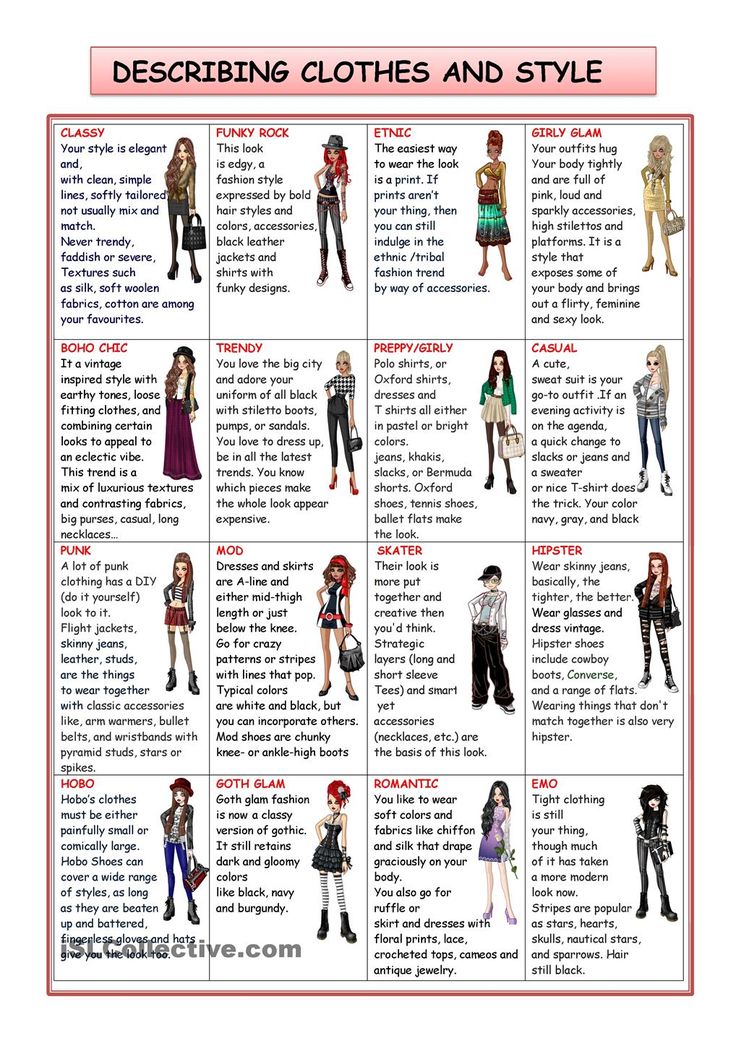 When it doesn't happen, the hypothesis arises that everything takes time. After a conditionally acceptable time, humility comes to mastering pair dances, which, perhaps, is not given, and I will just do what I learned somehow.
When it doesn't happen, the hypothesis arises that everything takes time. After a conditionally acceptable time, humility comes to mastering pair dances, which, perhaps, is not given, and I will just do what I learned somehow.
This is the most common story of those who believe that the mere act of attending a pair dance class is enough to learn how to dance.
Absolutely not. If you want to really dance well, you have to make an effort outside of the dance class. A good teacher will definitely be needed, but the initiative should be on your side.
1. Listen to music
The most common and accessible advice that is given already in the first lessons. And it definitely works. Music creates a certain atmosphere of the dance and intuitively you want to move to it. It doesn't matter where you listen to music - in the car, on headphones while walking or doing household chores.
An addition that will help you dance better is your active participation in the music.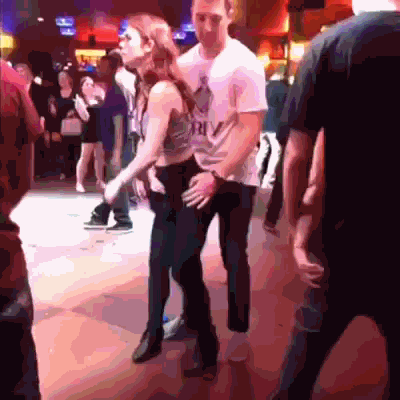 Sing along, dance or simply beat musical accents with any free parts of the body. In the subway, for example, it is enough to tap out bright moments with your fingers, in the car to sing along with sounds, and at home you can jump for pleasure.
Sing along, dance or simply beat musical accents with any free parts of the body. In the subway, for example, it is enough to tap out bright moments with your fingers, in the car to sing along with sounds, and at home you can jump for pleasure.
2. Watch videos of good dancers
It's complicated, but also obvious. It’s more difficult, because without recommendations from more experienced dancers, unfortunately, it’s not so easy to find a good quality video on the net (I mean not the resolution quality, but the content itself).
Meaningful video viewing is about building an understanding of HOW dancers make a particular impression on a partner or viewer. Technology is at the heart of everything. Understanding how the pros do it is a big step forward.
It is important to distinguish a show from a disco dance, a staged performance from an improvisation, a stylized dance from an authentic one, etc. Ask for recommendations and dance teachers will always throw off a couple of videos of worthy landmarks.
Tango Z. Showreel.
Online modern tango courses
Tango nuevo is the most advanced version of tango. We can quickly learn to dance from zero to a steep level.
| View details |
3. Dance in salsatecas/milongas/discotheques
A very delicate moment when it is worth coming to the first party. From a technical point of view, most students in 1-3 months have a sufficient set of figures and techniques to come and dance calmly. Psychologically, the same moment can be stretched out for an indefinite time. After all, it is imperative to “not lose face”, “learn more figures” and be sure what to do in case “there is an unfamiliar movement”.
In fact, the partygoers don't really care (except for a small layer of non-professional teachers who want to help inexperienced dancers by treating them as customers in the future). It is important to come and try dancing after a month of classes. You can only with friends or guys from your group. This will be enough to feel the adrenaline and inspiration from the dance.
You can only with friends or guys from your group. This will be enough to feel the adrenaline and inspiration from the dance.
4. Dance with partners or partners not of your level
The conventional wisdom that you need to practice in groups of your level does not withstand the test of experience. Perhaps now your eyes widened in surprise, and you want to meaningfully read the phrase again. Yes, you saw everything correctly: when you dance with a partner of your level, you don’t grow anywhere.
It's important to understand that not only does it work one way and you have to dance with cooler dancers, but it works even more effectively the other way. It is no coincidence that teaching pair dances dramatically raises the level of the teacher himself. You have an endless stream of very beginner dancers.
How it works. A more experienced partner needs to be "stretched". It's easy and obvious. With beginners, you need to take more initiative on yourself, see the general pattern of the dance more widely, turn on and insure more, try to be an example and be more careful. The quality of interaction begins to grow significantly. And wonderful partners too.
The quality of interaction begins to grow significantly. And wonderful partners too.
Dancing with partners of your level doesn't make you grow. Dance with both beginners and more advanced dancers
Dominican Bachata Women's Style Online Course
Want to learn how to hypnotize those around you with the most appetizing part of your body? On the course we will tell you all the secrets.
| Interesting |
5. Learn to dance for a partner and for a partner
Turks and Argentines are one of the best partners in the world. In Russia, partners are highly valued. Why? The answer is simple. In Argentina and Turkey, it is not questionable for men to ask another man to lead in one piece or another and give feedback on the quality of the lead. For them, it will be a great shame to hear moralizing from a partner, or even more so to be known in the community as an insecure partner.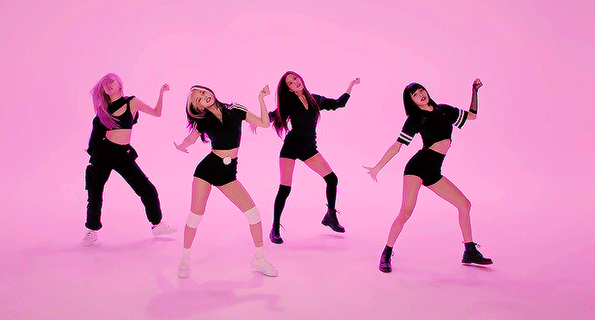
In Russia, due to the constant, often far-fetched, opinion that there are more women in pair dances, partners calmly get up and study their partner's part. Such partners then grow into very cool dancers and teachers. In no case do this at parties, only in class. Here we are talking only about the learning strategy. At parties, be yourself.
6. Do not memorize the links
Always try to look deeper and understand the through principle and idea of movement. Understanding what and how is done will make it possible to independently generate any sequences and chips.
Human memory is limited and there will always be a moment when something will escape and your repertoire will be limited by the size of RAM.
In Argentine tango, for example, there are seven levels of movement construction that, when mastered, will allow you to make millions of combinations. And how many dance sequences can you really remember? In rueda, more than 150 figures dance in a rare circle.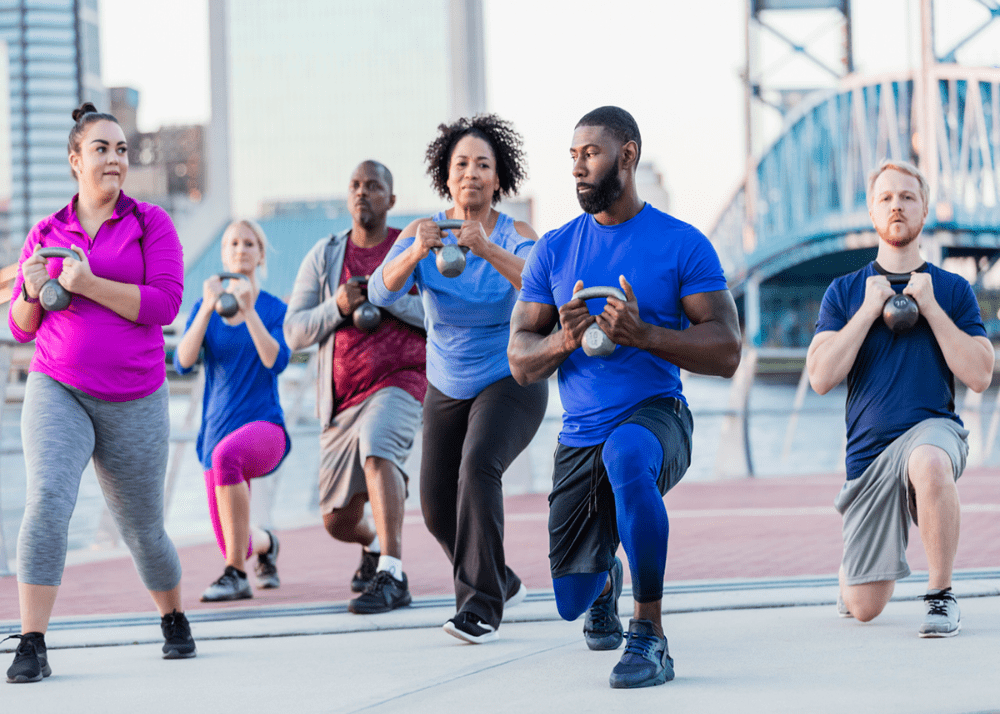 It's hard to keep more in mind.
It's hard to keep more in mind.
7. Develop your body
Many years of experience in teaching couple dance shows that as soon as everyone pairs up in a class, any progress in individual style ends. But it is the individual style that distinguishes everyone at the disco: partners change, and style is always with you.
The body as the main instrument of dance must be very plastic, responsive and emotional. Surprisingly, not all pair dance schools have a general physical warm-up. It is vital to tune the body and understand how it works.
You can always train extra and concentrate more on the basic steps, as their true value is as body work. The sequence of steps is, in fact, the simplest thing that can be in pair dancing. The quality of individual performance determines the craftsmanship.
8. Try on the images of inspiring dancers
A psychological life hack for those who have already mastered the steps, but still feel that there is not enough brightness and drive.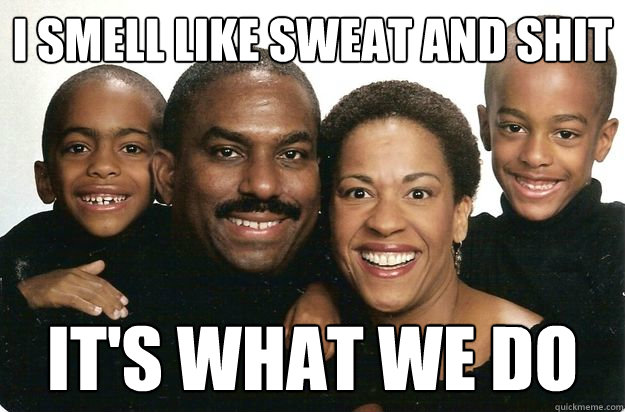 Most are terribly afraid of being someone else's "clone". Here the action is the same as under the influence of hypnosis - the more you resist, the more you plunge into an altered state of consciousness.
Most are terribly afraid of being someone else's "clone". Here the action is the same as under the influence of hypnosis - the more you resist, the more you plunge into an altered state of consciousness.
With a high degree of probability, you are already dancing like someone else's "clone". A meaningful fitting of someone else's image is that you mentally take the image of the one who inspires you (inspiration is critical in this case) and "put on" yourself. Then you start dancing and trying to feel in general how it is to be able, for example, to be the best partner or the sexiest partner in a disco. This is much more difficult than it seems. But it works extremely efficiently.
9. Dance to offbeat music
Habitual rhythms keep you tight. Tango salon or speedy timba leave little room for experimentation and fantasy. Pattern dancing is always noticeable and is reserved for beginners.
The truly new is born outside of the usual.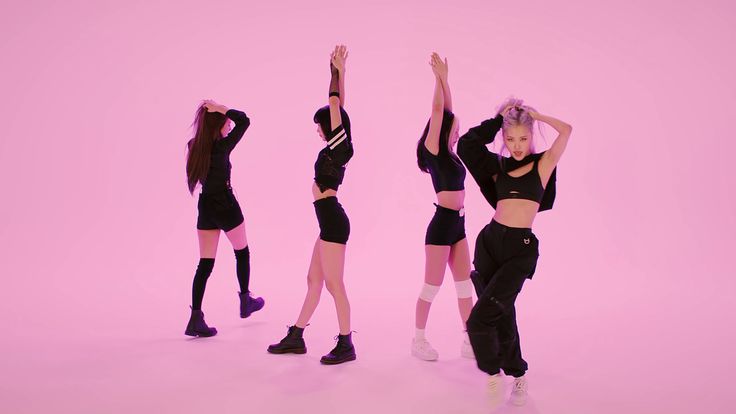 Look for places to experiment. If there is no place, organize self-training. The main thing is not to get carried away, because music determines the style. We bring something new to pair dances, rather than trying to change them.
Look for places to experiment. If there is no place, organize self-training. The main thing is not to get carried away, because music determines the style. We bring something new to pair dances, rather than trying to change them.
Search, improvise, don’t be afraid to go beyond, develop in different directions, be inspired by music atypical for the style
10. Try your hand at basic dance directions
dances exist according to their own non-choreographic laws.
This is the deepest delusion, which has turned into a ceiling for the qualitative development of partner dances. After all, all professional dancers, for example, in salsa or bachata, build their ideas on the basic choreographic principles.
Do not think that choreography is only applicable on stage. Any meaningful movement of the body can be choreographic. In general, try classical or modern choreography. Basically, hip-hop can work too.
11. Look for battle sensations
Pair dances return us to an active position of manifestation of our body. As in the days of our ancient ancestors, we impress the members of the opposite sex by how dexterous, hardy, sexy, etc. we are. Modern laws of the jungle in the entourage of large cities.
If you look around the dance floor, it becomes clear that the majority are clearly herbivores (not in the sense of vegetarians, but in relation to those around them). I am sure that predators are always more interesting in terms of the attractiveness of the image - try to find a counterbalance among herbivores, for example, a cat woman or a lion man.
The conversation is about an internal position, not about aggressiveness. Lability and lack of control are inherent in adolescents, and not in adult self-sufficient people.
Accordingly, even a training or friendly battle gives, on the one hand, practical skills - to make a bright sequence of movements, bring an idea to a climax, show a spectacular feature, on the other hand, develops the psychological basis of the dance - self-confidence, resistance to extraneous attention, self-control and self-control in complex elements.
12. Communicate with professionals
The environment shapes the internal position. Basically, real passionaries of the dance community are ready to openly talk, discuss and support the development of dance in every possible way. Universal principles and the ideas they articulate have a much longer and more practical perspective than meets the eye.
Accept that, for example, behind the words "listen to your partner" is not only a beautiful metaphor, but also a practical skill to literally listen to your partner. At the same time, always treat every thought, even the most respected teacher, as a private opinion.
Your skill will lie in finding the scope of the idea even in conflicting opinions. Most often, the contradiction is speculative and the truth lies in the angle of perception or situationality.
Your dancing growth will stop sooner or later. This can happen at the level of three basic steps or years of experience in teaching and show performances. Regardless of your level, the suggested 12 life hacks can get you off the ground and greatly accelerate your dance growth. There is no way here without your motivation and activity. Take your dance development into your own hands. 9Ol000 Dangerous sexuality
Regardless of your level, the suggested 12 life hacks can get you off the ground and greatly accelerate your dance growth. There is no way here without your motivation and activity. Take your dance development into your own hands. 9Ol000 Dangerous sexuality
Salsa: destroyers of stereotypes
Couple dancing as a source of strength.
Self-destruction of the couple dance community
The Salsa series as a mirror of the community
Mamita Fridays: salsa, bachata
Destroying the myths about leading pair dances
Does dancing make us better?
The seven deadly sins of teachers
Why we will never dance bachata like the Dominicans
Why tango?
Dispute over musicality
Selection of dances according to alcohol preferences
Where to find inspiration for dancing?
Terrible tango nuevo
Distribution of roles in a salsa party
Argentinean tango through the eyes of a salsa dancer
Is there a predisposition to dancing?
Which is more effective: individual or group lessons? 15 December 2019 Likbez Sports and fitness
Master the basic moves, then improvise and have fun.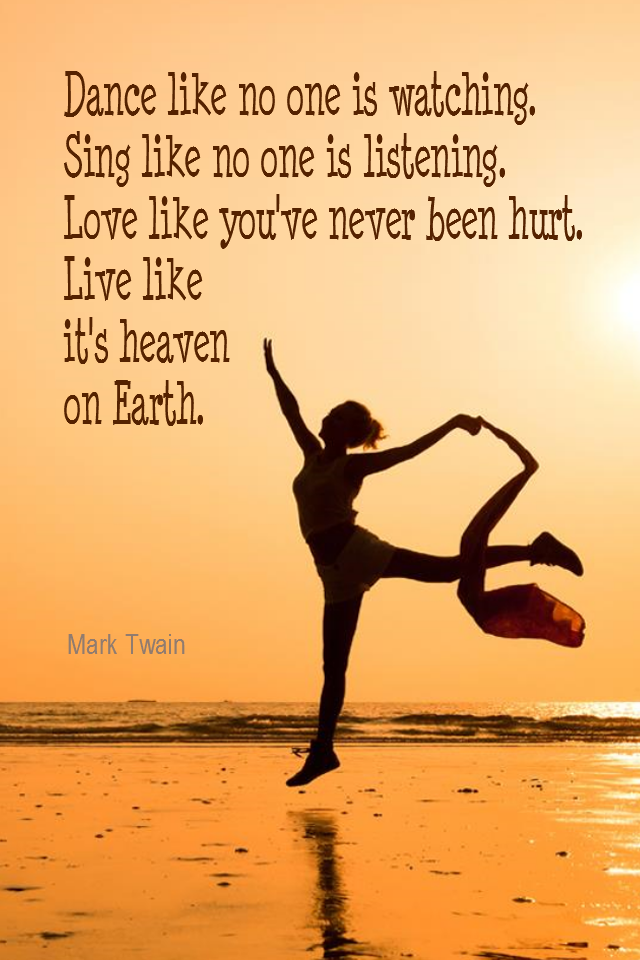
Iya Zorina
Author of Lifehacker, athlete, Candidate Master of Sports
This dance style includes a lot of freedom and improvisation. That is why he is so good. You can master the basic movements in a couple of hours, and then complicate them to infinity and combine them with each other, create your own combinations and spy on others.
Dance in sneakers, socks or barefoot, in any outfit, anywhere.
Master the basic movements of the shuffle
In this style, you do all the basic movements with your feet, the hands most often move freely - according to the heart.
Running man
This is the most basic and essential shuffle movement. You can do it in three different ways.
Full foot
The movement begins by bending your knee and lifting one leg. Next, you need to simultaneously put both legs - supporting and raised - at a distance of one step from each other.
The raised leg is placed forward on a full foot, the standing one behind slips back on the ball of the foot and remains on it - the heel is not placed on the floor. The weight is evenly distributed between the two legs.
After that, it remains to return to the starting position. To do this, the front leg slides back, and at the same time, the back leg is pulled up. You find yourself in the starting position and repeat the cycle. The movement itself is soft and springy: do not stick into the floor, keep your legs relaxed.
Heel
This is a lighter and faster running man look that may be needed for some combinations. Here you put your foot not on the whole foot, but on the heel. At the same time, the one standing behind remains on the toe.
On pads
In this variation, the foot is placed forward on the pad. At the same time, the one standing behind also remains on the ball of the foot, and the body leans slightly back.
T‑step
In this movement, one foot constantly makes a “herringbone” - turns the heel in and out - and the second touches the floor and immediately rises back.
When the heel of the skating leg turns inward, the toe of the other foot touches the floor, when outward, the other leg rises, turning the knee inward.
It turns out two positions: closed - when the legs are wrapped with the knees inward, and one leg is raised, and open - when the legs are turned out with the knees outward, and the toe touches the floor. Practice doing the T-step in both directions: slowly at first, then with acceleration.
Rocking
You jump on one foot while the other touches the floor in different places: on the side of the supporting leg, across, behind - anywhere you want. You can put your foot on the toe or on the heel - the latter is called a kick. The supporting leg can simply rise low or perform a T-step - move the heel out and in.
Charleston
To begin, you turn your knees and toes inward and lift one leg. Then turn your toes and knees outward, and put your raised leg forward crosswise. Repeat the same with the other leg.
All movement occurs on the balls of the feet, the heels do not fall to the floor. You can move both forward and backward.
Diamond
First, with a jump, you put your feet crosswise with your toes out, then you also spread your legs to the sides with a jump.
Slides
One leg is straight, stands on the whole foot, the other is with a bent knee on the pad. Leaning on the pad, you slip the foot of a straight leg back, as if wiping the sole on the floor.
Immediately after the slip, you turn around. In the turn, the straight leg bends and goes to the pad, and the one that was on the pad, on the contrary, turns on the heel. After that, it remains only to change legs and move in the same way in the other direction.
Scissors
From the starting position - standing with a raised leg, as in Running man - you turn your hips to the side with a jump and put your legs crosswise.
The front foot is on the heel, the back foot is on the ball. Then you jump back to the starting position and do the same on the other side.
Then you jump back to the starting position and do the same on the other side.
Sidekick
From the starting position, you turn your hips to the side with a jump and spread your legs a step apart from each other. The standing foot in front is placed on the heel, the standing one behind remains on the pillow. Then, with a jump, you collect your legs and do the same on the other side.
Try other variations of the basic shuffle movements
You can perform basic movements in different directions: forward and backward, turning around. This will give you more freedom to improvise.
Variations Running man
Do several times in place and then turn around. You can also try walking this way to the side. Each time the leg will need to be placed slightly crossed in order to slowly move to the side.
Variations T‑step
You can lower your foot on the toe, on the whole foot, touch the floor to the side of the supporting leg or forward and behind it.
You can also keep the other leg on the floor at all - leave it on the toe and turn the knee in and out.
Variations Diamond
Here, one more element is added to the movement - the heel strike. In the starting position, you wrap the toes of the feet and knees inward, and then jump on the heels, turning the socks to the sides.
From this position, without jumping, you turn your toes and knees inward, cross your legs with a jump, turning your feet with your toes outward, and then return to the starting position.
Charleston Variations
After three turns of the Charleston, turn both toes in one direction and then in the other. At the end, you can turn the knee to the side.
Connect familiar shuffle moves
While you lack the skills to move freely and come up with something of your own, learn a few combinations. They contain interesting movements that will replenish your dance vocabulary.
Combination 1
This is a simple combination of two basic movements - Running man and T-step.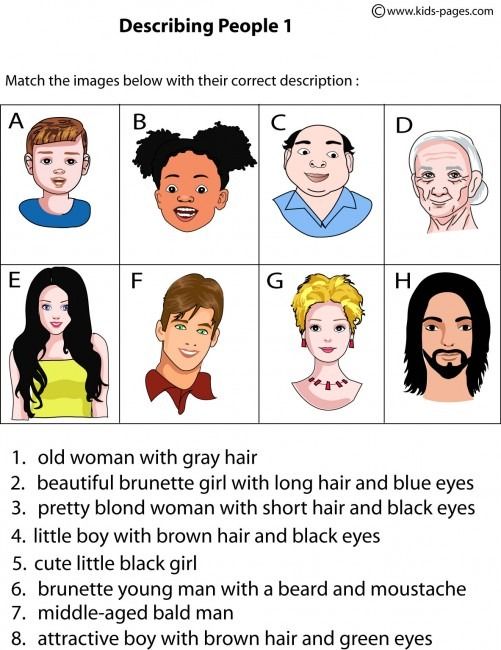 First take five Running man steps, then four T-steps to the side and repeat the same in the opposite direction.
First take five Running man steps, then four T-steps to the side and repeat the same in the opposite direction.
Combination 2
Another combination of two basic movements. Here you do three Running mans, then one T‑step with a back foot touch, and two front heel touch kicks. The same on the other side.
Combination 3
There are no standard steps here, but there are already familiar Sidekick and transition from heels to toes.
Learn more difficult combinations
We will add some videos with good combinations.
1. Cool video for beginners: movements are repeated in slow motion to make it easier to dance to the music.
2. And here the combination is analyzed step by step in slow motion, dividing it into three parts. Very comfortably. Look for more on this channel, there are several such analyzes.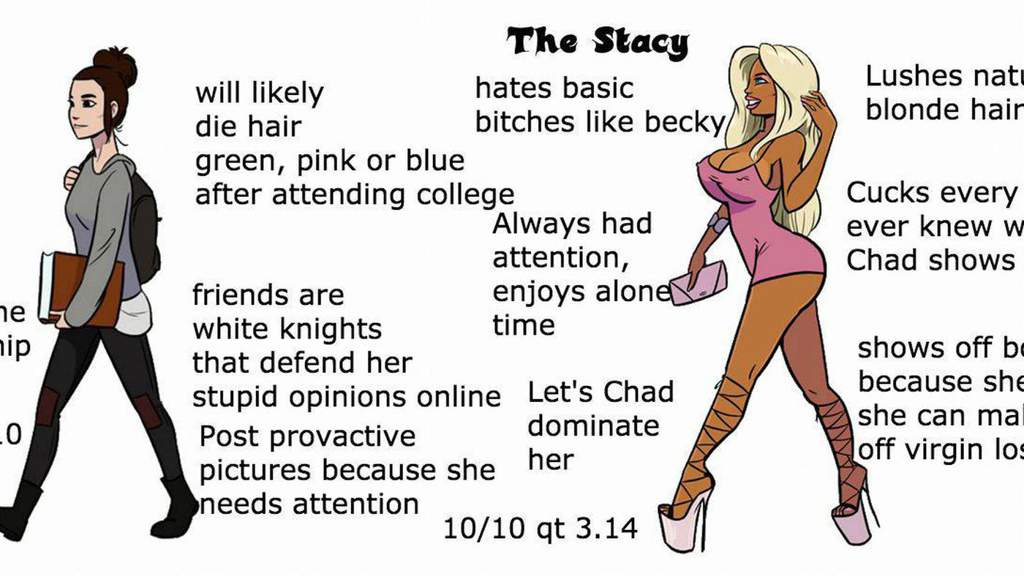
3. No slowdown here, just a great combination. But you already know almost all the movements, so you can figure it out. If something is not clear, watch the video at a speed of 0.25.
Pick up the music and improvise
Surely you have favorite songs to shuffle to. Include them and start with basic movements: just do the Running man and periodically add different elements when you want. Move in different directions, relax and have fun.
If you don't have favorite tracks, try our selection.
I must say that the shuffle is an amazing cardio workout. In just a couple of tracks, you will be out of breath and sweat, like after a run, but you will feel absolutely happy!
What's more, if you have to force yourself to keep going while running, shuffle requires you to have the willpower to stop and not dance.